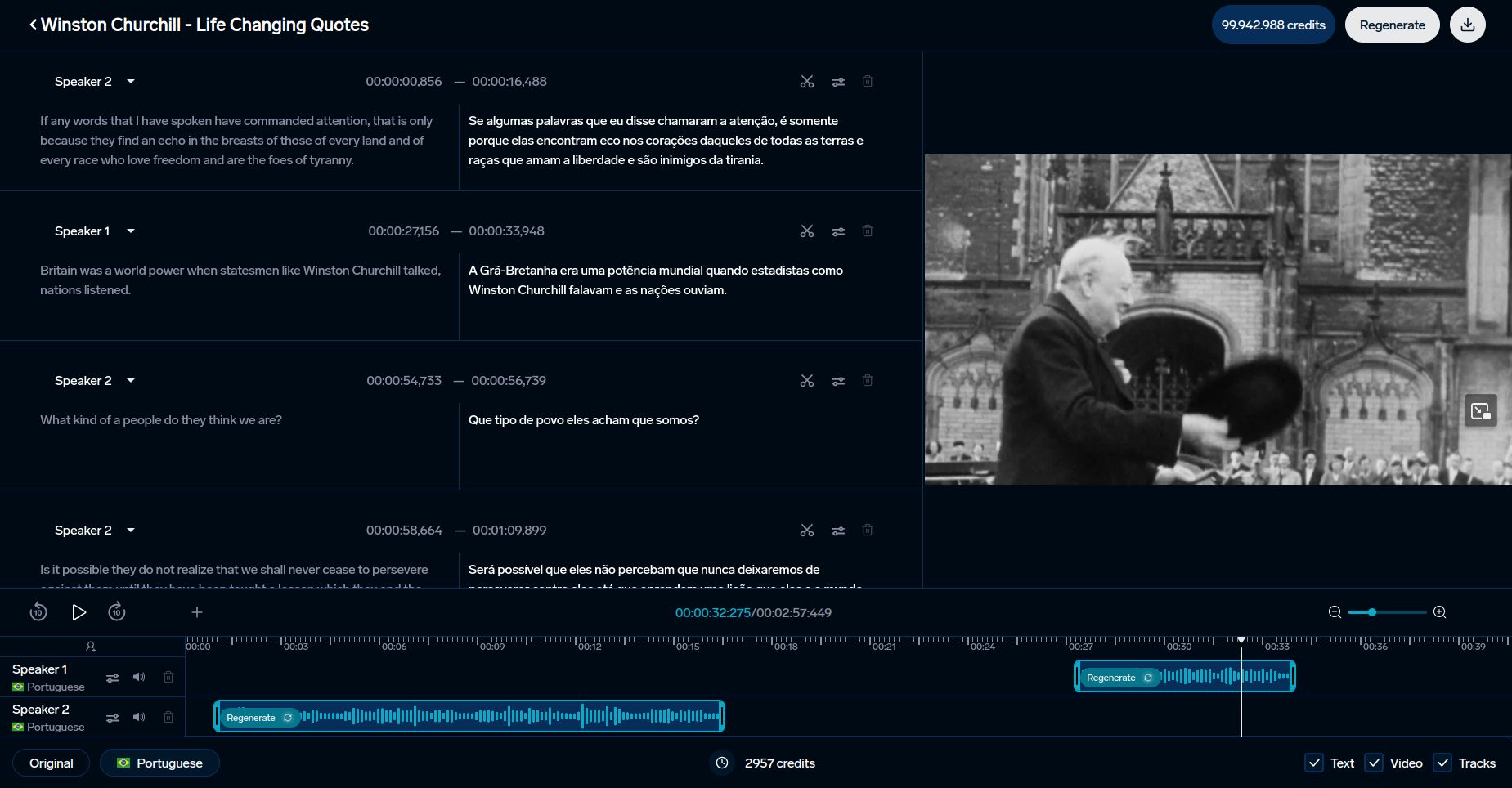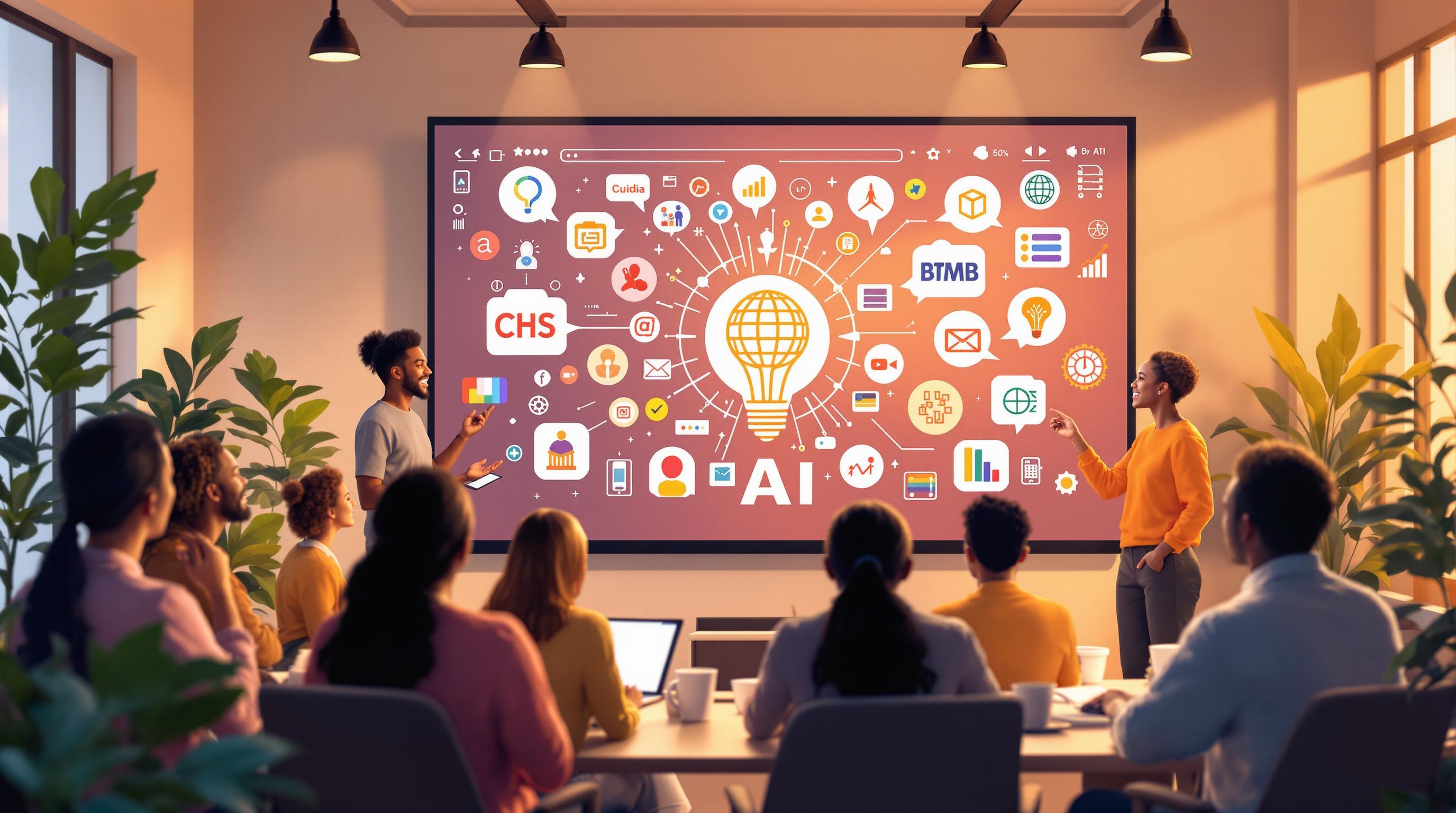Cultural Adaptation in AI: Why It Matters
AI is becoming a global tool, but connecting with diverse audiences requires more than just translating words. Cultural adaptation in AI ensures content feels natural, respects local customs, and resonates emotionally. This is especially important in areas like AI dubbing, where cultural nuances can make or break audience engagement.
Key Points:
- What It Is: Adapting AI outputs to align with cultural and linguistic contexts.
- Why It’s Needed: Simple translations often miss humor, idioms, or social norms.
- How It Works: Uses diverse training data, human expertise, and tools like voice cloning for better results.
- Challenges: Limited datasets, technical errors, and balancing automation with human input.
Quick Comparison:
| Feature | Traditional Dubbing | AI Dubbing with Cultural Adaptation |
|---|---|---|
| Cultural Context | Limited | Improved with diverse datasets |
| Efficiency | Time-consuming | Faster and cost-effective |
| Emotional Resonance | High but resource-heavy | Improving with advanced AI |
| Global Scalability | Restricted by human input | Easily scalable across languages |
Cultural adaptation ensures AI tools like dubbing not only break language barriers but also respect and connect with global audiences.
Importance of Cultural Sensitivity in AI Dubbing
Beyond Linguistic Accuracy
AI dubbing isn't just about translating words - it's about adapting content to fit the cultural context of the audience. By using diverse datasets and context-aware algorithms, AI can adjust humor, idioms, and expressions to keep the original message intact while making it relatable for different cultures.
This challenge becomes clearer when you compare traditional translation to what cultural adaptation demands:
| Cultural Element | Traditional Translation | Cultural Adaptation Needed |
|---|---|---|
| Humor and Expressions | Direct translation | Adjusted content that aligns with local humor |
| Social Norms | Basic language conversion | Changes that respect cultural expectations |
| Emotional Tone | Word-for-word translation | Emotionally engaging language tailored to the culture |
But with these advancements come ethical challenges, particularly around accurate and respectful representation.
Ethical Considerations in AI Dubbing
To avoid cultural misrepresentation, AI dubbing platforms must tackle biases and ensure respectful portrayals. This means steering clear of stereotypes and ensuring that cultural identities are represented fairly and thoughtfully.
Examples of Engaging Diverse Audiences
Netflix has shown how AI dubbing can expand global reach by balancing accessibility with cultural relevance. By adapting content to resonate both linguistically and culturally, it creates a stronger emotional connection with audiences.
For AI dubbing to succeed in cultural adaptation, three areas require attention:
- Linguistic Patterns: Incorporating region-specific phrases and expressions
- Social Norms: Ensuring content respects local values and customs
- Cultural Context: Making references and metaphors meaningful to the target audience
Research highlights the importance of emotional authenticity in dubbing. Human voices, for instance, often evoke stronger emotional responses. This underscores the need for AI systems to convey local nuances effectively, ensuring that the content feels genuine and emotionally engaging to viewers.
Strategies for Cultural Adaptation in AI Dubbing
Using Diverse Training Data
Effective cultural adaptation starts with training data that reflects linguistic, dialectal, and cultural details. Studies indicate that AI models trained on varied datasets deliver better dubbing results. This means including regional accents, local idioms, and emotional cues unique to specific cultures. Still, even with well-rounded data, the input of human experts remains crucial to fine-tune AI outputs for cultural accuracy.
Incorporating Human Expertise
Linguists and cultural specialists play a key role in ensuring AI dubbing avoids errors and resonates with audiences. Human-voiced content often creates a stronger emotional connection, underscoring the importance of human involvement to maintain cultural and emotional depth.
Leveraging AI Platforms Like DubSmart

AI platforms such as DubSmart make content localization more efficient and culturally aligned. They offer tools that help maintain emotional and cultural relevance, including:
- Voice Cloning Technology: Preserves emotional tone while adapting content into various languages.
- Multilingual Support: Ensures accurate dubbing across multiple languages.
- Customization Options: Lets users adjust voice features to align with cultural expectations.
"Cultural sensitivity in AI dubbing is not just about linguistic accuracy; it's about recognizing and appreciating the rich tapestry of global cultures by providing authentic representations, avoiding misinterpretations, enhancing user experience, and meeting ethical standards."
sbb-itb-f4517a0
Challenges in Cultural Adaptation for AI
Data Limitations and Bias
Creating culturally aware AI dubbing relies heavily on diverse and high-quality training data. However, most datasets fall short when it comes to regional dialects, idioms, and emotional undertones. This gap makes it difficult for AI systems to understand and replicate the subtleties of various cultural expressions. As a result, while these systems may perform well in broader contexts, they often fail when tasked with handling local dialects or culturally specific references. Without access to better datasets, even the most advanced AI struggles to produce results that feel culturally accurate.
Technical Limitations
AI systems face their own set of technical hurdles. "AI hallucination", where the system generates content that is inaccurate or culturally off-base, is a recurring issue. Voice cloning technology, for instance, often falls short in capturing cultural tones and emotional nuances. Research shows that AI-generated voices tend to engage audiences less effectively than human voiceovers. Studies even suggest that human-voiced content fosters stronger emotional connections and higher viewer engagement compared to AI-generated alternatives. These challenges underline the importance of human involvement to ensure both cultural and emotional accuracy.
Balancing Automation and Human Oversight
Striking the right balance between AI automation and human expertise is crucial for cultural adaptation. While AI excels at tasks like translation and voice synthesis, human input is indispensable for refining cultural nuances, adjusting emotional delivery, and maintaining sensitivity.
To tackle these challenges, organizations should focus on improving technology while also leveraging human skills. This combined approach helps ensure that AI dubbing solutions not only break language barriers but also connect meaningfully with audiences from diverse cultural backgrounds.
Conclusion: Cultural Adaptation for Global Impact
Key Takeaways
Adapting content to fit different cultures goes beyond simple translation - it's about understanding and addressing cultural nuances, emotional tones, and regional specifics. Research highlights that successful adaptation requires a nuanced approach, blending these elements to create content that feels natural and relatable. Even as AI tools improve, human involvement remains essential to ensure emotional and cultural accuracy.
These principles pave the way for exploring how AI can play a bigger role in refining cultural adaptation in dubbing.
The Future of AI in Dubbing
AI dubbing is evolving to better handle cultural nuances and emotional subtleties. Tools like DubSmart are already making strides with features like voice cloning and multilingual capabilities that aim to improve cultural relevance.
To push cultural adaptation in AI dubbing to the next level, organizations should focus on these areas:
| Focus Area | Current Challenge | Future Direction |
|---|---|---|
| Data Diversity | Limited regional representation in datasets | Expanding datasets to include a broader range of cultural contexts and ongoing updates |
| Technical Accuracy | Errors in outputs and lack of emotional depth | Leveraging advanced deep learning to improve understanding of cultural and emotional cues |
| Human-AI Balance | Finding the right mix of automation and oversight | Building hybrid systems that combine AI's efficiency with human cultural expertise |
The future lies in creating smarter AI tools that respect and represent cultural diversity while maintaining ethical practices. This progress will make content more accessible and foster stronger global cultural connections.
